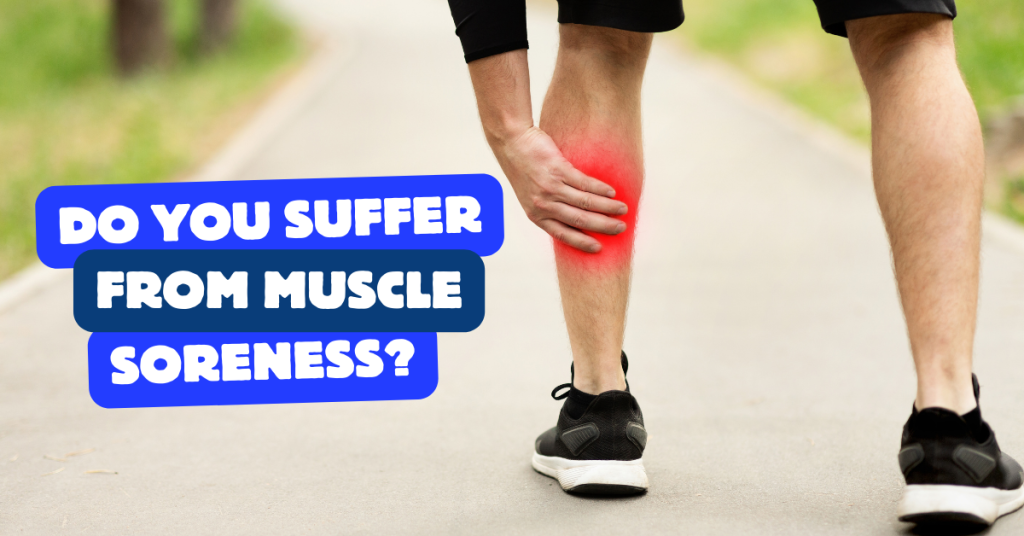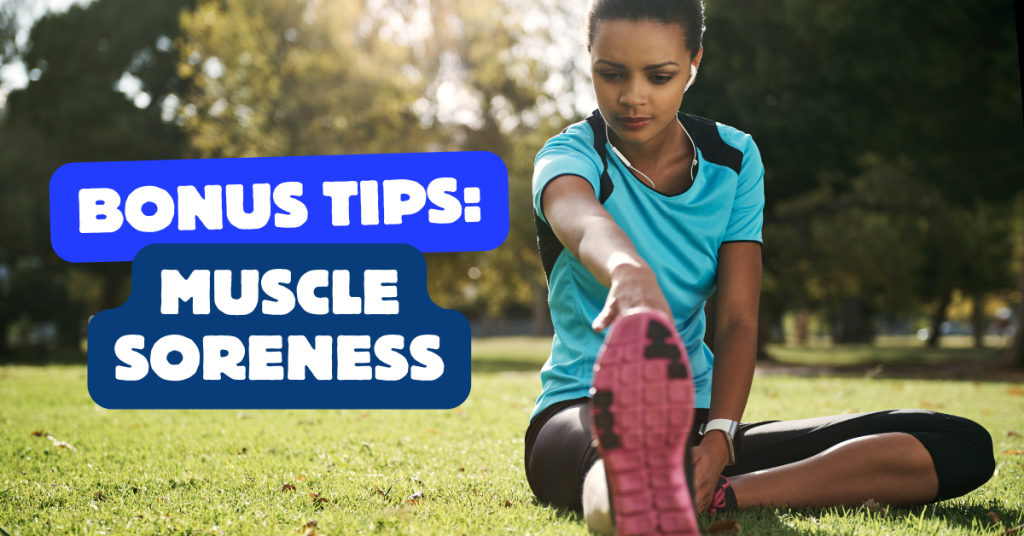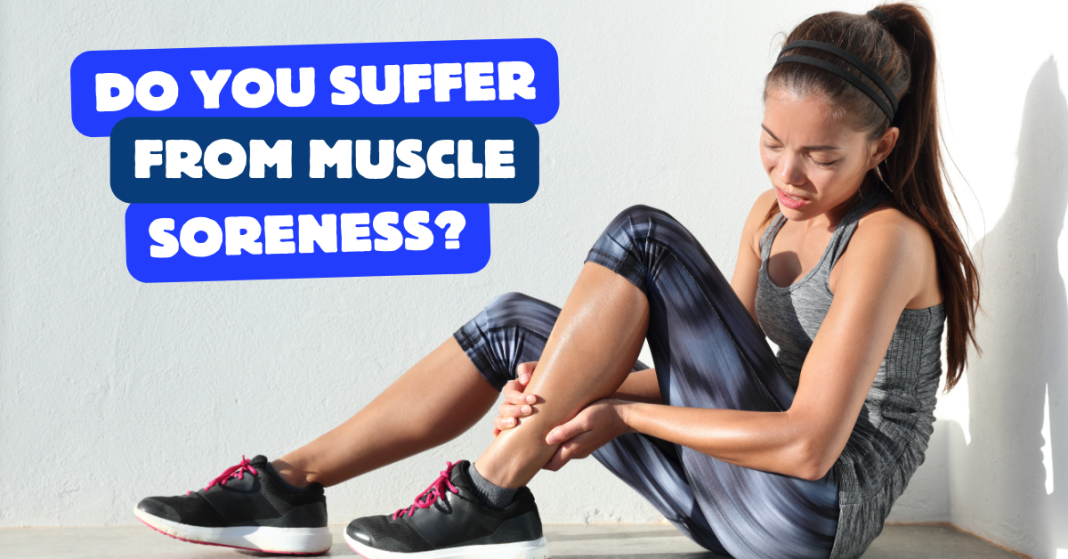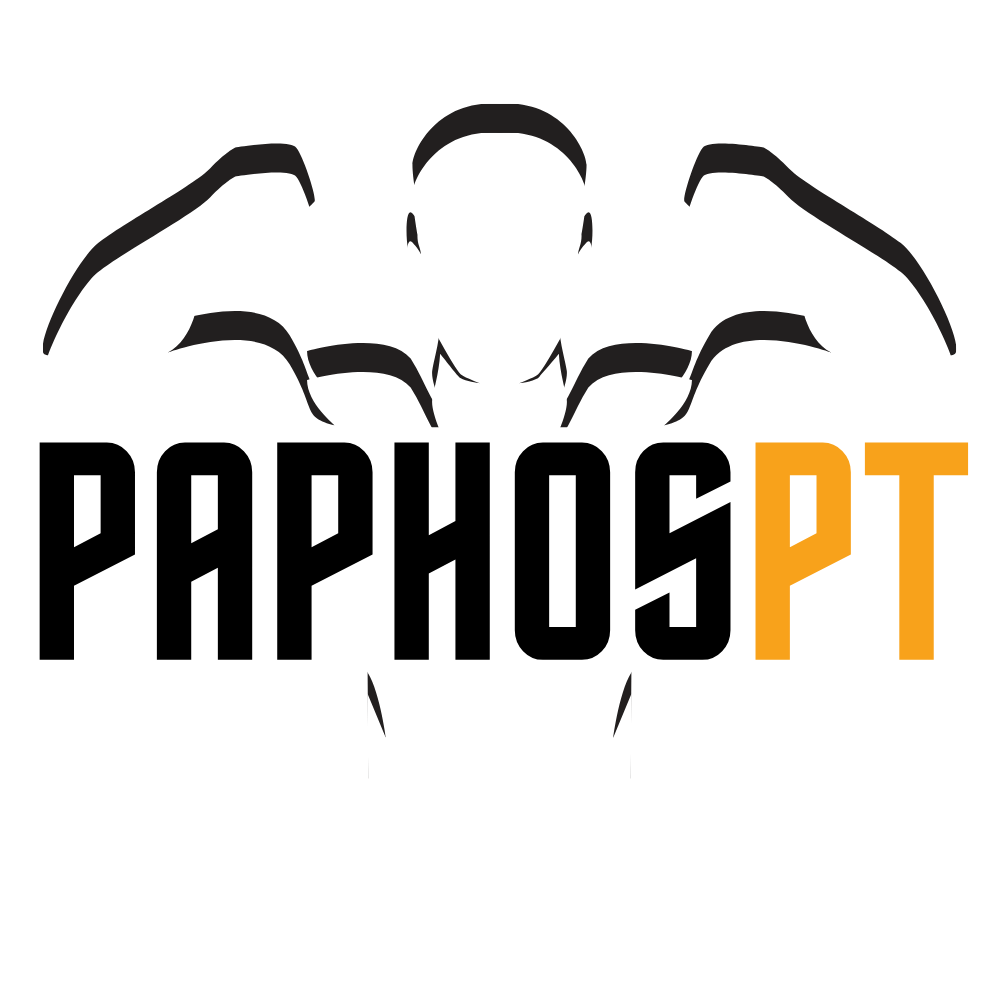Table of Contents
Muscle Ache from Exercise: Understanding Why It Happens
Muscle ache, or soreness, is a common experience following exercise, especially when the activity is intense or involves unfamiliar movements. This phenomenon, often referred to as Delayed Onset Muscle Soreness (DOMS), typically begins 12 to 24 hours after exercise, peaks around 24 to 72 hours, and can last for several days. Understanding the causes of muscle soreness can help in managing and preventing it.
What Causes Muscle Ache After Exercise?
Microtrauma to Muscle Fibers
One primary cause of muscle soreness is the microscopic damage to muscle fibers that occurs during exercise, particularly during eccentric contractions. Eccentric contractions involve lengthening of the muscle under tension, such as lowering a dumbbell during a bicep curl or running downhill. This microtrauma leads to structural damage at the cellular level, including the disruption of sarcomeres—the basic units of muscle fibers.
Inflammatory Response
Following muscle fiber damage, the body initiates an inflammatory response to repair the affected tissues. This response involves the infiltration of immune cells like neutrophils and macrophages into the damaged area. These cells release pro-inflammatory cytokines and reactive oxygen species (ROS), which are crucial for muscle repair but also stimulate pain receptors, leading to the sensation of soreness.
Lactic Acid Accumulation:
During intense exercise, muscles may produce lactic acid as a byproduct of anaerobic metabolism. Although lactic acid is cleared from the muscles relatively quickly after exercise, the transient accumulation contributes to the local acidosis and osmotic stress, which can enhance the feeling of muscle discomfort.
Failure in Excitation-Contraction Coupling
Muscle soreness can also be linked to impairments in the excitation-contraction coupling process, where the electrical signals from nerves are converted into muscle contractions. Damage to muscle structures can disrupt this process, leading to muscle weakness and soreness.

Managing Muscle Soreness
Gradual Progression
To minimize muscle soreness, gradually increase the intensity and duration of your exercise regimen. This allows muscles to adapt progressively to the increased workload.
Warm-Up and Cool-Down
Incorporate proper warm-up and cool-down routines. Warming up prepares muscles for intense activity, while cooling down helps in reducing muscle stiffness post-exercise.
Hydration and Nutrition
Stay well-hydrated and maintain a balanced diet rich in protein and essential nutrients. Proper hydration and nutrition support muscle repair and recovery.
Rest and Recovery
Allow adequate time for muscle recovery. Incorporate rest days and consider activities like light stretching, yoga, or gentle swimming to promote blood flow without adding strain to sore muscles.
Use of Ice and Heat
Apply ice packs to sore muscles immediately after exercise to reduce inflammation. Heat therapy, such as warm baths or heating pads, can be used later to relax muscles and improve blood circulation.
Conclusion
Understanding why muscle ache happens after exercise is crucial for both prevention and effective management. By recognizing the role of microtrauma, inflammation, lactic acid, and excitation-contraction coupling failure, you can better plan your workouts to minimize soreness. Incorporating strategies like gradual progression, proper warm-up and cool-down, adequate hydration, and appropriate rest can significantly alleviate muscle discomfort, helping you maintain a consistent and enjoyable exercise routine.
For more tips on managing muscle soreness and optimizing your workout recovery, explore our comprehensive guides and expert advice. Stay informed and keep your fitness journey on track!

Bonus Tips for Managing and Reducing Muscle Soreness
Stay Hydrated
Muscle soreness can be exacerbated by dehydration. Water is essential for transporting nutrients to muscles and removing waste products. Make sure to drink plenty of water before, during, and after your workouts. Adding electrolytes can also help maintain hydration and muscle function, especially after intense exercise.
Use a Foam Roller
Foam rolling is an effective self-myofascial release technique that helps reduce muscle tightness and improve blood flow. Spend a few minutes rolling out your sore muscles after a workout. Focus on tender spots and apply gentle pressure. Foam rolling can help break up scar tissue and adhesions, promoting quicker recovery and reducing soreness.
Incorporate Active Recovery
Active recovery involves low-intensity exercises that keep your body moving without causing further muscle strain. Activities like walking, swimming, or gentle yoga can increase blood flow to sore muscles, helping to alleviate stiffness and promote faster recovery. Incorporate active recovery sessions on rest days to keep soreness at bay and improve overall fitness.
By incorporating these tips into your routine, you can manage and reduce muscle soreness more effectively, allowing you to maintain consistent workouts and achieve your fitness goals.






